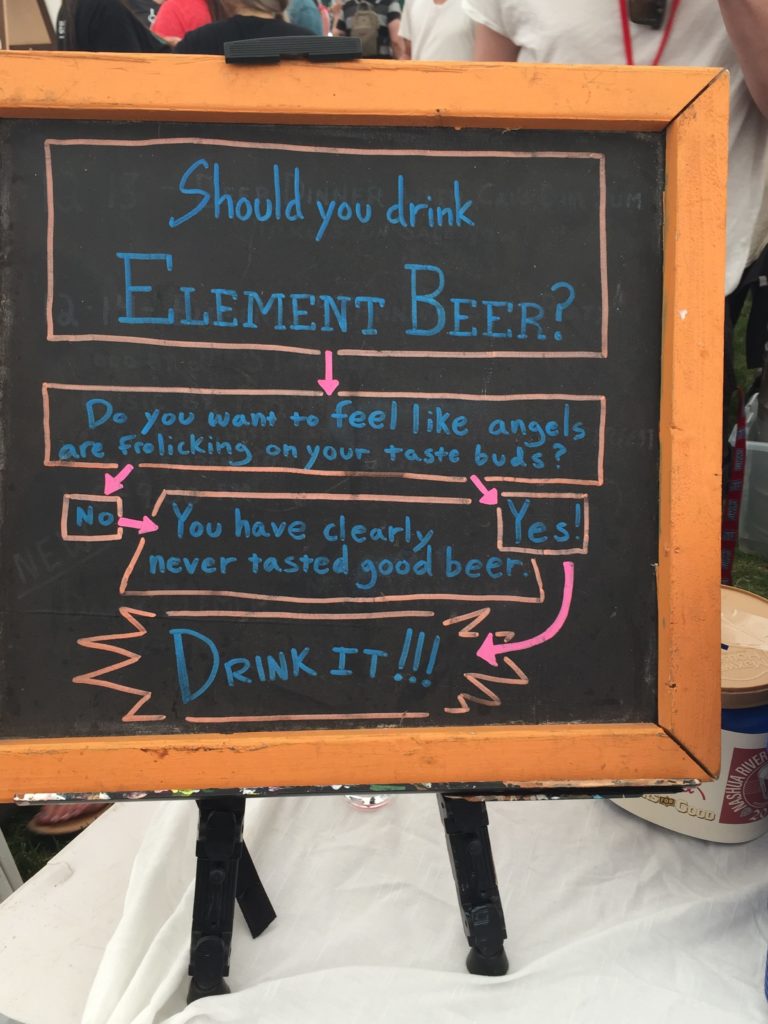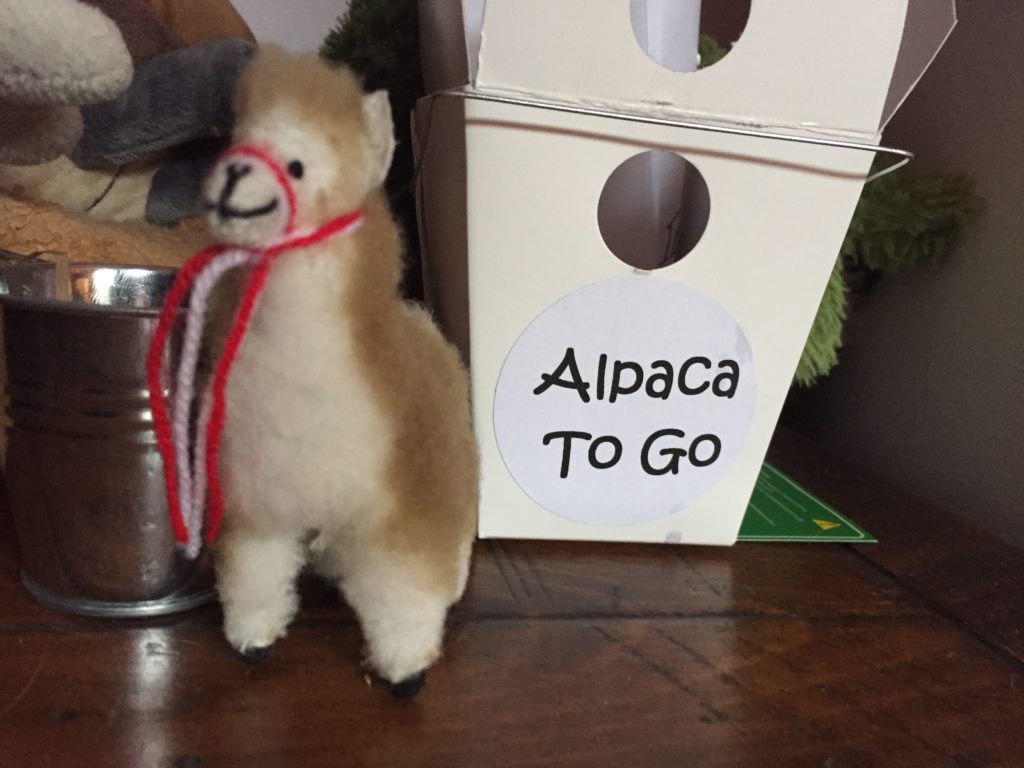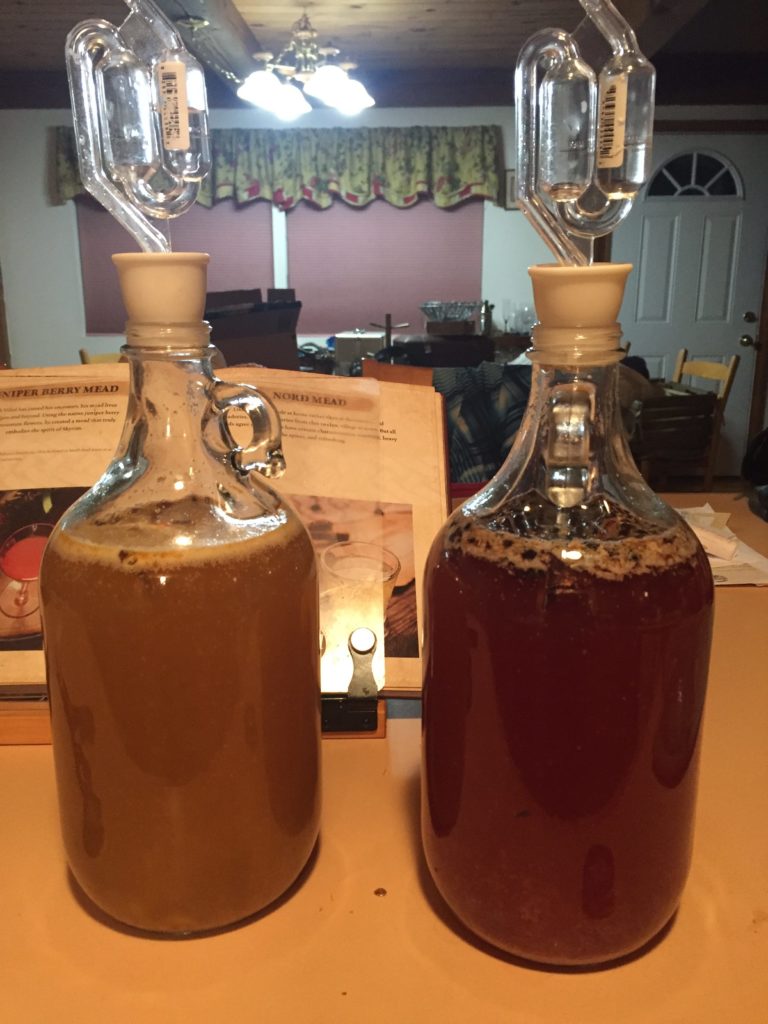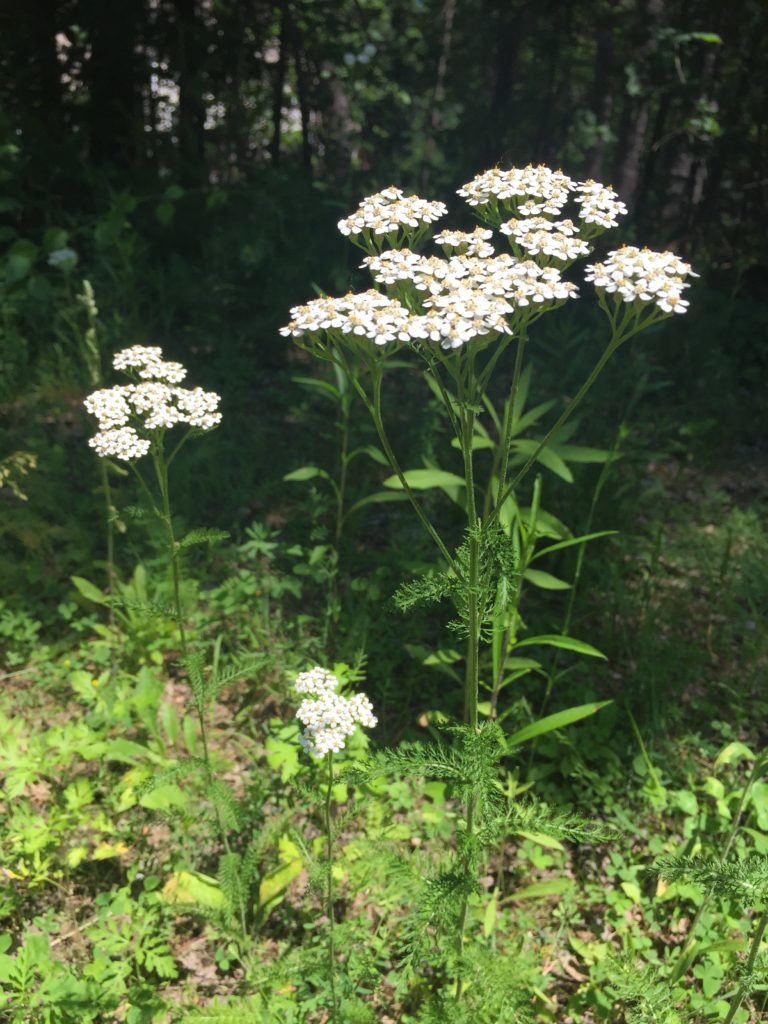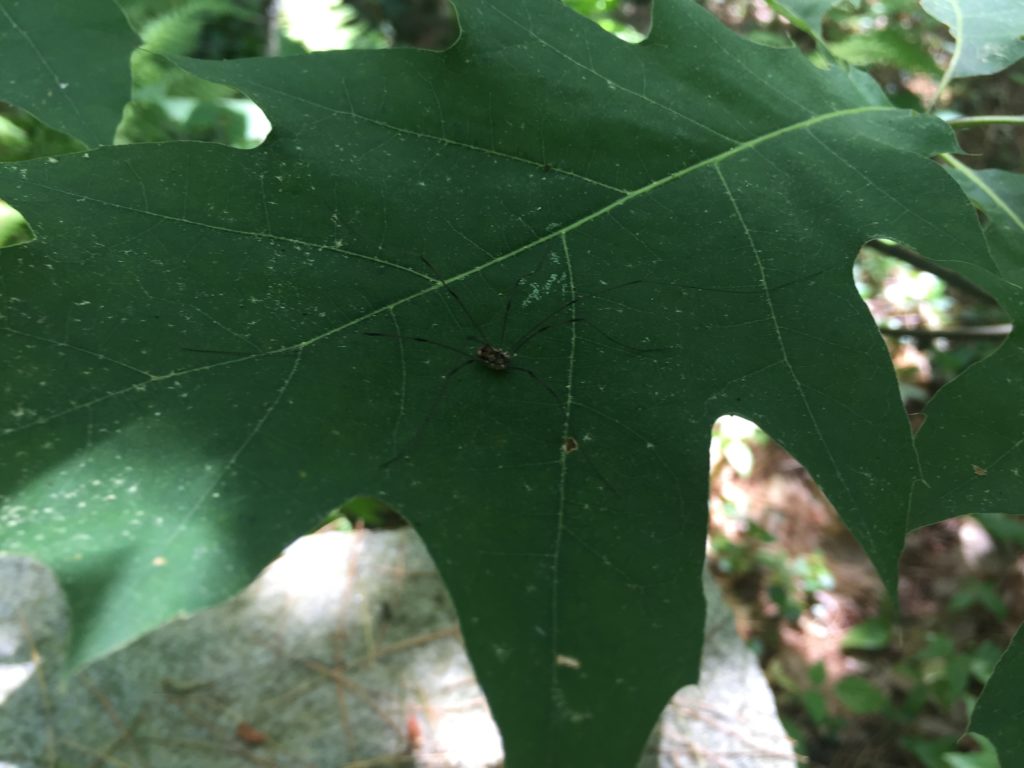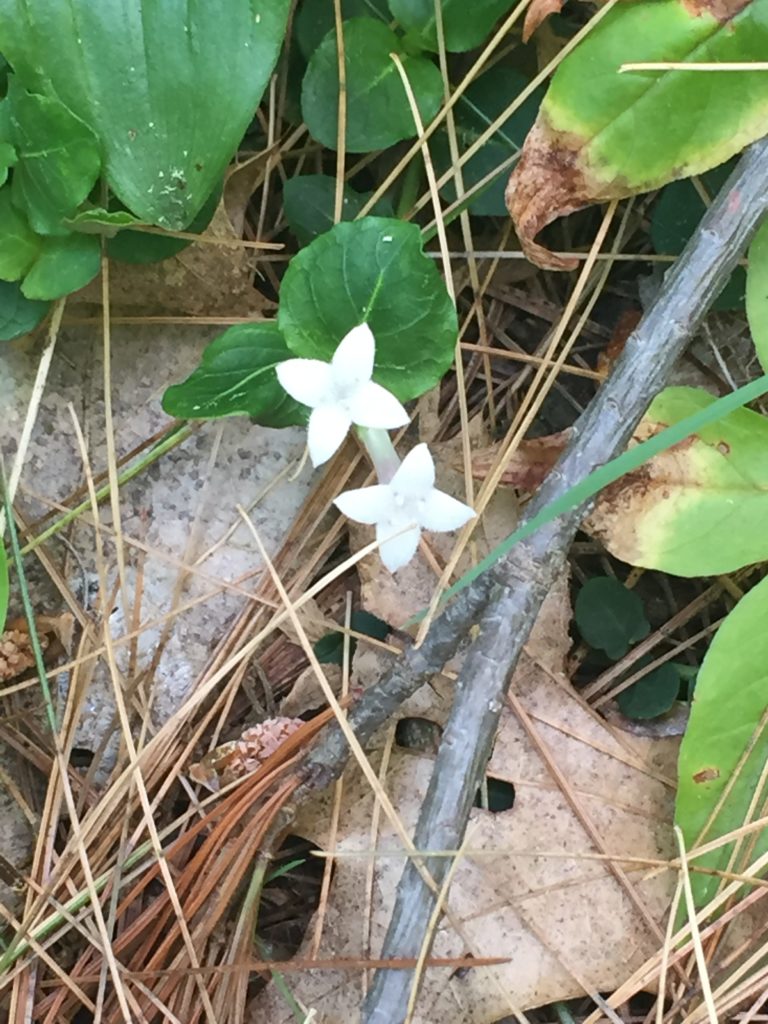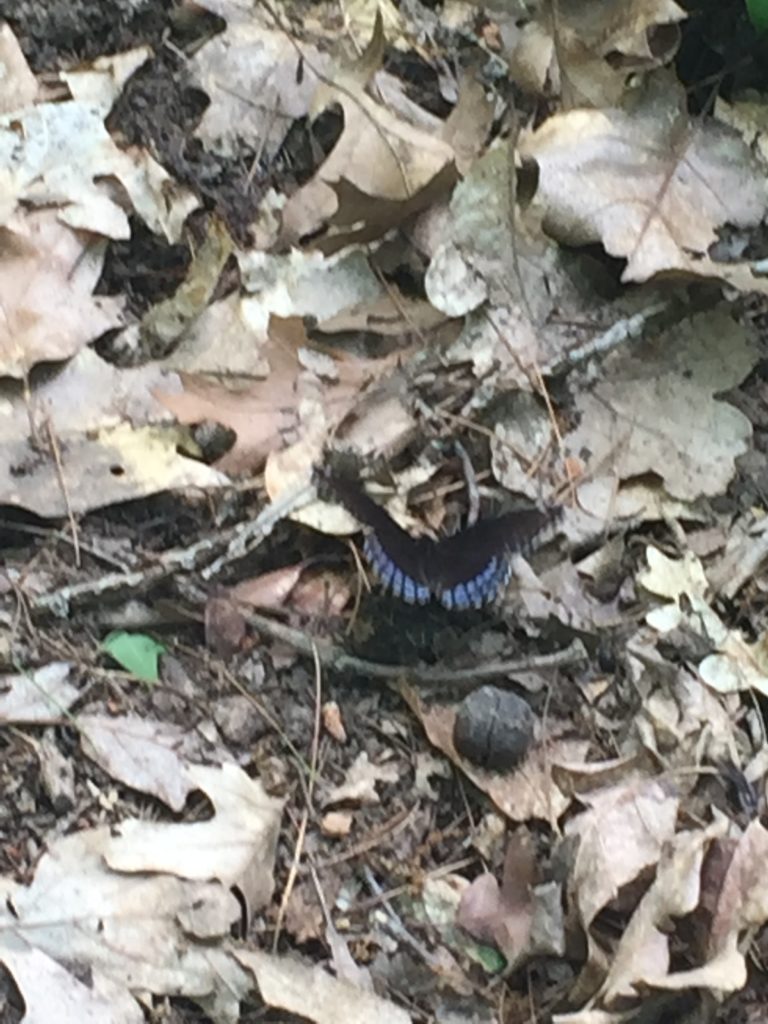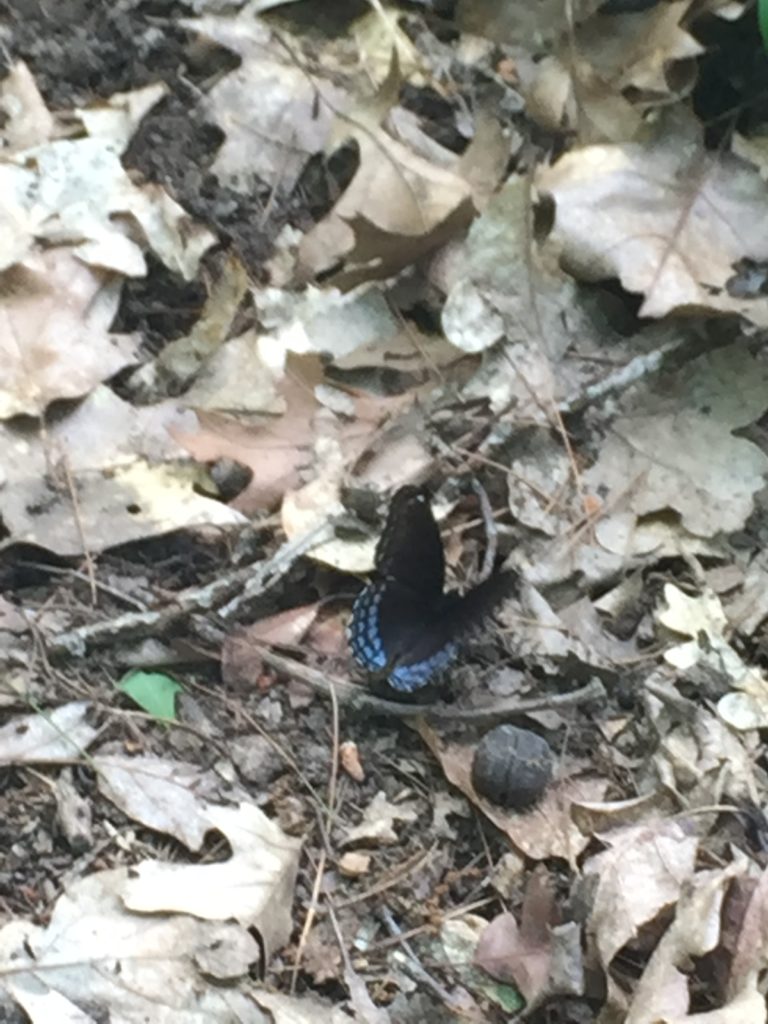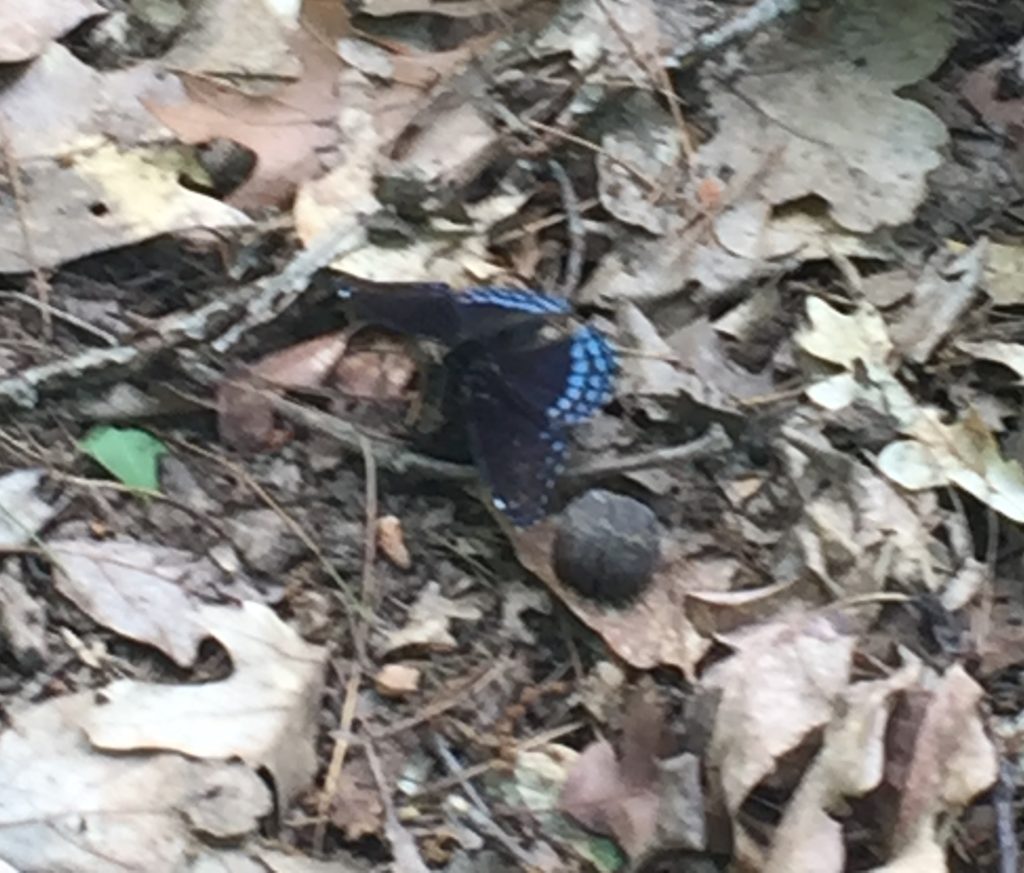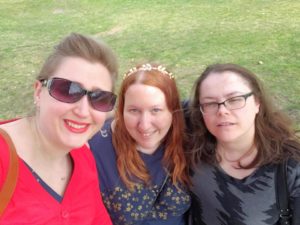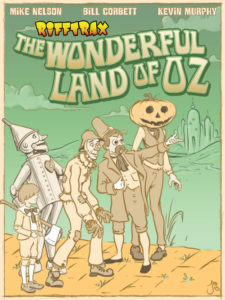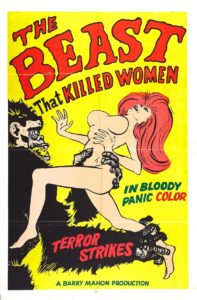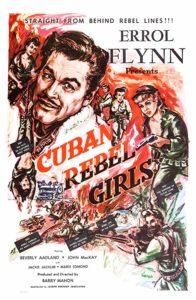In previous years I’ve called these posts “resolutions”, but as I mentioned in my 2018 retrospective, I am trying to take the focus off what I do, and put it on who I am, instead.
But one thing I started doing a few years ago that still fits with this? Having a theme for the year. And this year, my theme is “Back to Basics.”
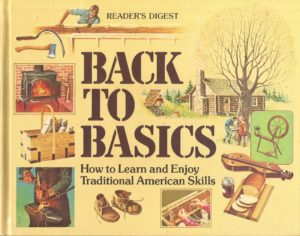
Resonance with the term
I dunno about you, but the first thing I think of when I hear that phrase is a certain homesteading book from the 1980s by Reader’s Digest. My parents had a copy of this book — as sort of homesteaders themselves, living in a log cabin my father and uncle built. It gave the basics on things like making bread, dyeing wool, and raising goats. And I ADORED it. It made be want to be a farmer, and it figured prominently into the stories I was making up at the time. (My go-to Mary Sue was always the daughter of farmers, right before she fell into fairy land).
The “About This Book” provides this outlook:
Back to Basics is a book about the simple life. It is about old-fashioned ways of doing things, and old-fashioned craftsmanship, and old-fashioned food, and old-fashioned fun. It is also about independence — the kind of down-home self-reliance that our grandparents took for granted, but that we moderns often think has vanished forever…
—Back to Basics, by Reader’s Digest, 1981
So does this mean you want to take up raising goats, Lise?
Hahaha, no. It turns out farming is actually really hard, and I’ve got a job already. I don’t need another.
But, in some sense, last year’s theme of “habitat” and “moving into my own life” was about physical homesteading, and it’s one I’d like to linger on. In fact, when I was writing up my retrospective, I almost wrote that first point as “homesteader” instead of “home owner,” but ultimately rejected it, because I wasn’t using its usual connotation.
This year’s theme, continuing in this vein, is emotional homesteading and mental self-sufficiency.
What the heck does that mean?
A really good question. This is more tenuous of a theme than I’ve tackled in previous years. It’s a feeling I want to embody, not a quantifiable goal I want to work toward. To quote what I wrote in my journal:
It’s about the basics of who I am, what I want, and discovering that. It’s about self-care, about homesteading a quiet place inside myself where I am safe and looked after. If 2018 focused on the externals of my home, this is internals. It’s about reflection, simplicity. Self-sufficiency of the soul.
Note that phrase, “safe and looked after.” That keeps bringing me back to a quote from an in-game book in the Elder Scrolls universe, the The 36 Lessons of Vivec. The full text is this:
‘The fire is mine: let it consume thee,
And make a secret door
At the altar of Padhome
In the House of Boet-hi-Ah
Where we become safe
And looked after.’
— The 36 Lessons of Vivec, sermon 3
Now, bear in mind that the Lessons are wildly esoteric. Within the frame of the TES series, they’re a guidebook written by the living god Vivec to the player character of TESIII on how to achieve godhood. In real life, they were written by former Bethesda employee Michael Kirkbride, and are one part Gnosticism, one part Hindu epics, and (possibly) one part acid trip. This particular bit of text is framed as a prayer that the proto-Vivec teaches his mother to comfort her while she’s being tortured by the Dwemer.
A few TES lore bits will help to flesh out the resonance here: first, “Padhome” is Padomay, the primordial chaos that, together with the primordial order Anu, birthed the et’Ada, the gods and demons of the Elder Scrolls world. Padomay is typically associated with the daedra — who are creatures of pure chaos.
Secondly, “Boet-hi-Ah” is the daedric prince Boethiah, who has the domains of “deceit, conspiracy, secret plots of murder, assassination, treason, and unlawful overthrow of authority.” The sermons refer to them as the lord of “False Thinking.”
And yet, Boethiah is one of the Good Daedra of the Dunmer, and is said to have taught them “responsible architecture,” whatever that is. (That’s from Varieties of Faith, which is also by Kirkbride, so expect the same trippiness). One interpretation I’ve read, probably somewhere on /r/teslore, is that, when the Chimer were pilgrims from Summerset, outsiders in the inhospitable volcanic wasteland that is Vvardenfell, Boethiah taught them both how to build literal houses — i.e. shelter from the outside world — as well as figurative ones (i.e. empire building, overthrowing the authority of the ruling Dwemer, creating the Great Houses).
That’s pretty solid, for a being of chaos that can re-create itself at will.
(There’s more that resonates with me in sermon 10 and sermon 16 — and there’s also the whole concept of the Provisional House introduced in sermon 19— but I am in danger of become a desperate lorebeard).
Like most MK-as-Vivec writings, these are nonsense, but divine nonsense. A koan, of sorts.
While fascinating, that so did not answer my question, Lise.
So here’s my personal interpretation of that “prayer”: it’s about finding comfort in the midst of chaos. Peace when there is no safe place to rest. Stillness, when order is antithetical to your very being. Non-doing, when your generation is chronically burnt out from doing
(I’m the same age as that author, Anne Helen Petersen, and her article hit me hard).
I want to build a home, an empire of the soul, within myself, at the heart of the storm. I recognize that my to-do list will never be empty. I will not die with an empty inbox. My generational affliction won’t be cured any time soon. And I am, fundamentally, a Lord of False Thinking.
The only stillness is the stillness I can make within myself.
So how is this actionable??
Past-Lise, you are a cruel taskmaster. We learned our lesson about setting SMART goals, and perhaps we learned it too well.
But okay. Emotional homesteading does look like something in day-to-day life. Fundamentally this means I have several areas of focus for 2019.
1) Meditation and mindfulness practice
For a while my therapist and I had been dancing around the topic of non-doing. We talked a lot about my beliefs about doing, my self-esteem and its ties to accomplishment, and my tendency to burn out. We talked about how I love my hobbies, but they aren’t relaxing to me.
Gradually she started asking me questions like, “what does relaxation look like to you?” and “could you try just being still and not doing anything for a time?” And in early December, she asked me, “Are you up for a little extracurricular reading?”
The book she recommended was Jon Kabat-Zinn’s Wherever You Go, There You Are, from 1994. Funnily enough, I already owned this book, and recalled liking the meditations in it. When I read it now, I see underlines of things I found moving at the time — notes from a Lise who no longer exists.
I’ve practiced meditation erratically throughout the years — I did the Headspace app introduction, and took a few lunchtime meditation sessions at my workplace. But fundamentally, I never felt enough of a benefit from meditation, short-term, to invest the time in it long-term.
The thing is, as Kabat-Zinn points out, meditation is a long con. It isn’t something you can pick up in times of crisis and expect to find solace in. It is about cultivating a space within yourself — a secret garden at the heart of chaos! — and like any garden, it needs time and labor to grow. He describes mindfulness as a cave behind a waterfall, a vantage point where you can observe your own thoughts and yet be separate from them. There’s a lot of unglamorous work in making that space, though.
I’ve also described that space, to my therapist, as being “the gap between action and reaction.” The difference between feeling an emotion and acting upon it.
Anyway, I’ve been working on cultivating a meditation practice since mid-December. Here’s how it usually happens. If I can wake up early, I do this first thing in the morning, while drinking coffee. Eyes open or closed, I try to notice all the sensations in my body, all the sounds and sights and smells in the house around me. If I can’t get up early, I do what I call a “driving meditation” on my way to work, just trying to be fully centered in the experience of moving through the landscape. This rarely goes for more than 10-15 minutes at a stretch.
This is the first and most important step, the foundation of my emotional homestead.
2) Boundaries
The walls of my emotional homestead.
In the past, there have been any number of things I did because someone else wanted me to do them. As a friend once told me, “you look like someone who can’t say no.” Only in the past year have I been able to look at an action I was considering and realize it sprang not from my own desires and motivation, but from something expected of me. I had internalized someone else’s mental topology, and sublimated my own.
The boots-on-ground action here is to ask myself, before any change that I am contemplating, “Who wants this?” If the answer isn’t “me” — especially “present me”, and not “Lise of five years ago” or “Lise of Christmas yet to come” — then I need to seriously reconsider if I need to do it.
3) Self-care
The plumbing and heating system of my homestead.
When I was much, much younger, my mom taught me the HALT acronym, which I believe she learned from ACOA. I learned it as “hungry, angry, lonely, or tired,” though I believe there are different formulations of this, with different affective states.
However, I feel like the knowledge stopped there. What were you supposed to do, or how were you supposed to act, when you felt one of those states? All I can remember is an invocation to be careful when you were in those states.
Hm. Careful.
‘Self-care’ is sometimes used to mean some kind of fun, consumerist treat: massages and facials and getting your nails done. (And wow, now I realize that so much of this so-called ‘self-care’ is coded feminine. Huh). But self-care isn’t necessarily sexy. It’s fundamentally the “adulting” that Petersen talks about in her article. It’s doing the dishes so that you have bowls to eat out of. It’s going to bed on time so that you can be focused and undistracted at work. It’s scheduling time to hang out with friends so that you don’t turn into a recluse. It’s keeping entropy at bay with nutritious food and exercise.* It’s all the stuff that keeps us from saying everything is awful and I’m not okay.
* (But not all the time. All things in moderation, even moderation, etc).
My evolving understanding of self-care, then, is that it’s about managing these HALT states: avoiding them where possible, being present with them while they’re happening, and being cautious about doing while you are experiencing one of them. And sometimes prioritizing this emotional labor above other, more fun things.
For me, this year, I want to take this concrete step for self-care: I want to return to exercise, but in a gentler way. I was running regularly in May of last year, training for a 5k, when I started having tendinitis symptoms. It was really a perfect example of how I over-optimize and get competitive over everything: I ran that race despite pain, and my predominant emotion after completing was self-loathing — that I didn’t do as well as some (seemingly) less fit people, or even as well as I did last year.
So let me step back, and ask myself why I want to exercise. It is, like I say, keeping entropy at bay. It’s a vital part of health. It, like meditation, is a practice, and best cultivated. I like the stamina I have at larps when I am exercising regularly. I like being able to walk miles every day when I’m on vacation, and be none the worse for wear. And I do enjoy tracking the natural world on my walks — even in an urban landscape! — and seeing the turn of the seasons.
Maybe that doesn’t have to translate to running races, though — or anything that brings out that ugly, self-loathing competitive side of myself. Maybe I can walk/run when I want, where I can, enjoying the natural world along the way.
I think that might be enough.
4) Simplicity and minimalism.
The furniture (or lack of furniture) of my internal life.
First of all, there’s a certain amount of external paring-down I want to do — indie perfume collection, prepare to be decimated. I also want to bring fewer new objects into my life, favoring experiences over more stuff.
But more apropos to emotional homesteading: there’s a mental minimalism I want to practice. I want to unitask more, and spend less time distracted. Cutting out Facebook was part of this. But I also don’t always need to listen to podcasts while doing dishes, or audiobooks while driving. I don’t need to watch streams while playing ESO. I don’t need to distract myself from writing with Twitter.
This is oddly specific, but as part of this I also really want to re-read Walden, and remind myself what Thoreau has to say about simplicity and self-reliance. I read it as part of a course about American Nature Writing in college, and enjoyed the experience; reading the Kabat-Zinn book, there are Walden quotes scattered throughout that remind me of how it spoke to me at the time. Even knowing some of the limitations of the work (yes, I know that he walked into Concord regularly to have his sister do his laundry), I still find the meditations interesting.
5) Creativity
The interior decoration of my homestead.
I direct you to this tweet:
You know why I look so happy in this picture? Because I’m creating stuff. I love creating.
It doesn’t have to be writing — though I do want to pick up my writing again, and see how it feels after so long away. Making cards, drawing, painting seashells, cross-stitch, streaming, heck, even decorating houses in ESO … all of these are ways I have been creative in the past year. I will do many of them again. I will remember how they make me feel.
I will also remember that things like submitting stories, queries, etc are not creative. Publishing is brutal, and publishing is not writing. Which is not to say I shouldn’t engage with the industry, but that these activities don’t nourish me.
6) Connection
As I mentioned in my 2018 retrospective, my identity as loving friend and family member felt a bit disingenuous last year. Still I am longing for a way to really connect with my friends; to have those amazing moments where you are so in sync with someone.
I want to reach out more. I want to reach out without apologies. I want to reach out more genuinely, more personally, in a more analog fashion — not just shotgun my well-wishes out into the world via social media.
Six, huh?
Back to my pal Vivec:
Six are the vests and garments worn by the suppositions of men.
…
Six are the formulas to heaven by violence, one that you have learned by studying these words.
…
Six are the walking ways, from enigma to enemy to teacher.
…
Six are the guardians of Veloth, three before and they are born again, and they will test you until you have the proper tendencies of a hero.
—The 36 Lessons of Vivec, sermon 6
“Proper tendencies of a hero” sounds neat, let’s be that.
In conclusion
Is this a lot to tackle in one year? If I were still setting concrete goals, this number would certainly fail the “realistic” standard.
I lamented to my therapist that I was trying to “busy up” my first area of focus, which was cultivating a meditation practice. Was I going to be disappointed with myself a year from now if I hadn’t fulfilled this entire prospective?
“But you’ll also be gentler with yourself by then,” she said.
Let’s hope.


